Whether you’re a small business or a large corporation, you should never stop promoting yourself and your products.
And while there are many effective techniques for gaining publicity, merchandising should be at the top of your list.
Your merchandising approach might include highlighting certain promotional items at an event or handing out samples and other freebies.
Either way, merchandising is crucial if you’re looking to:
- Cultivate your brand
- Improve your customers’ experience
- Compete with other businesses in your sector
- Promote products, services, and events
- Reduce advertising costs
- Gift potential leads
- Drive your sales
One of the best ways to increase your reach is by using branded merchandise.
For instance, branded apparel and accessories, such as hats and bags, provide customers with a way to share their enthusiasm about your company.
All you need is to have your company logo, slogan, or brand message on your merchandise of choice. By selling or gifting the merch, you’ll have your biggest fans acting as brand ambassadors for your products and services.
If you’re interested in adding your logo to apparel and other accessories, your two primary options are embroidery and screen printing.
Today, we’ll discuss what embroidery and screen printing are all about. We’ll also outline how to choose between the two when you decide to merchandise.
Embroidery - What It Is, and Why You Should Do It

Embroidery involves using needles and thread to create a design or pattern on a fabric. An embroidery machine stitches the beautifully colored thread directly into the garment.
Done well, the result is an authentic artwork of logos or monograms that has a natural feel. The process behind embroidering involves:
- Digitizing the design sent by the client
- Working out the cost of embroidering by measuring the stitch count
- Preparing the design for the embroidery machine by selecting the thread colors and selecting placement of the design
- Running a sew out or test to ensure accuracy of logo or design
- Proceding with the full production (our machines embroider up to six items at a time)
- Trimming excess thread and backing, and folding items to prepare for the customer
There are a number of reasons why you might want to brand your merch using embroidery. Chief among these is quality and durability. Embroidery threads are not only strong but also retain their color well and provide a professional look.
Since embroidered designs are stitched onto the fabric, they become one with the merch. The result is a logo or design that’s hard to ruin–you’d have to cut the fabric or bleach it if you really wanted to remove the image.
Additionally, embroidery (when done well) leaves a high-quality finish on the design that looks classy and polished. This appearance comes from the variety of richly colored embroidery threads.

Screen Printing - What It Is, and Why You Should Do It
Screen printing involves layering ink onto apparel with the help of a mesh screen.
Your design is first burned and exposed onto a mesh screen, washed, and then set up on a press. A squeegee-type blade is then used to pass ink through the screen and onto your garment. The ink only slips through the areas where the design is meant to be printed.
It’s entirely possible to print on different areas of a garment. However, costs will increase the more screens and additional colors your design needs, especially since each area will require an additional setup and print process.
This video demonstrates the screen making part of our process:
Screen printing is ideal for large, vivid, and vibrant designs. But more colors mean that multiple screens must be used. In these situations, the process is repeated until the final look is achieved. Individual screens must be made for each color in the design.
Screen printing is great for merch because it’s very versatile. It can accommodate a wide range of materials, including cotton and polyester fabric, and t-shirt and sweatshirt material.
Additionally, screen printing is quite cost-efficient on long print runs. Since marginal production (per item) times are faster, higher garment volumes can be mass-produced more quickly and cost-effectively for larger orders.
Embroidery vs. Screen Printing - How to Choose

Both embroidery and screen printing have advantages and disadvantages. To best determine which technique is the most suitable for you, it’s worth considering a few parameters:
Desired Design
If you’re looking to feature big and bold designs on your merchandise, screen printing is the way to go. This is because screen printing is more suitable to scaling the size of the design. Embroidery, on the other hand, could require a substantial amount of additional stitches as it increases in size.
In embroidery, the more stitches you have the more expensive the decoration is. Addtional, a large embroidered area can become very thick and heavy on a garment.
Screen printing allows for very crisp, sharp logos and even photorealistic graphics. If you have a high detail design and small text, screen pritning is going to be the better option. It can also be done on lightweight garments, such as t-shirts and tank tops, without puncturing them or causing them to pucker.
While both screen printing and embroidery produce quality results, embroidery makes for a more substantial decoration, as it uses thread to create more of a three-dimensional look and texture. Additionally, an embroidered design isn’t susceptible to damage from harsh conditions such as heat and is more consistent on different apparel items because the thread is not impacted by the garment color or content.
Apparel Use and Audience
The type of garment you’d like to decorate and the intended audience plays a critical role in deciding whether to go with embroidery or screen printing.
Embroidery is ideal for polos or golf shirts, jackets, baseball-style caps, winter beanies, business shirts, and bags, owing to the stylish and professional message it communicates.
If you are looking for clothing that is perceived as higher end and elevates the appearance of your employees, think embroidery. This is because embroidery is generally better suited for nicer and more expensive apparel as listed above.
Meanwhile, screen printing is the better choice if you need a less expensive apparel option or if t-shirts or sweatshirts are your preferred clothing choice. For example, if you have a summer camp for kids or want a fun, easy employee appreciation item, it's best to go with a t-shirt because of cost and versatility.
Think about the businesses and organizations that you work and interact with around town. There are myriad examples of embroidered and screen printed merchandise for their employees and customers.
If you have customer facing employees in a professional setting, it's more common that they will be wearing embroidered merchandise. If you have a work crew on a job site that needs to stay cool and safe, but might get dirty, it's a better choice to go with a screen printed safety t-shirt.
Cost
It’s worth noting that neither embroidery or screen printing will be cheaper than the other for certain. Multiple factors determine which option will be more cost-effective, including:
- Size of the design
- Quality of the garments
- Complexity of the design
- Order quantity
When it comes to embroidery, you’ll get flat-rate costs that don’t depend on how many colors are included in the design (our machiens accommodate up to 15 different thread colors). The determing factor for cost is the number of stitches used to embroider your image or logo.
When it comes to screen printing, the number of colors and print locations you’d like in your design influences the cost as each color requires a new screen. Nonetheless, screen printing may be cheaper compared to embroidery when you’re printing large orders with large logos and designs or have higher quantity orders.
Your Merch Needs Will Guide You
Both embroidery and screen printing have their advantages, so let your merch needs guide your decision. Consider factors such as your budget, the size of your logo design, and even the size of your order before deciding on which method to opt for.
The table below summarizes the key considerations when choosing between embroidery and screen printing.
| Embroidery | Embroidery Screen Printing | |
| Desired Design |
|
|
| Apparel Use and Audience |
|
|
| Cost |
|
|
At the end of the day, you can opt to get a quick, no-obligation project quote for a custom embroidery job or go the custom screen printing route. It all depends on your needs.
Whatever you decide, Jupmode has the expertise to make your merch look stunning, as Matthew says:
My company has used Jupmode several times to make t-shirts, hoodies, and long sleeved T's as gifts for our customers/employees. We always have rave reviews when gifting Jupmode to anyone. Highly, highly recommend!
Share on Facebook:

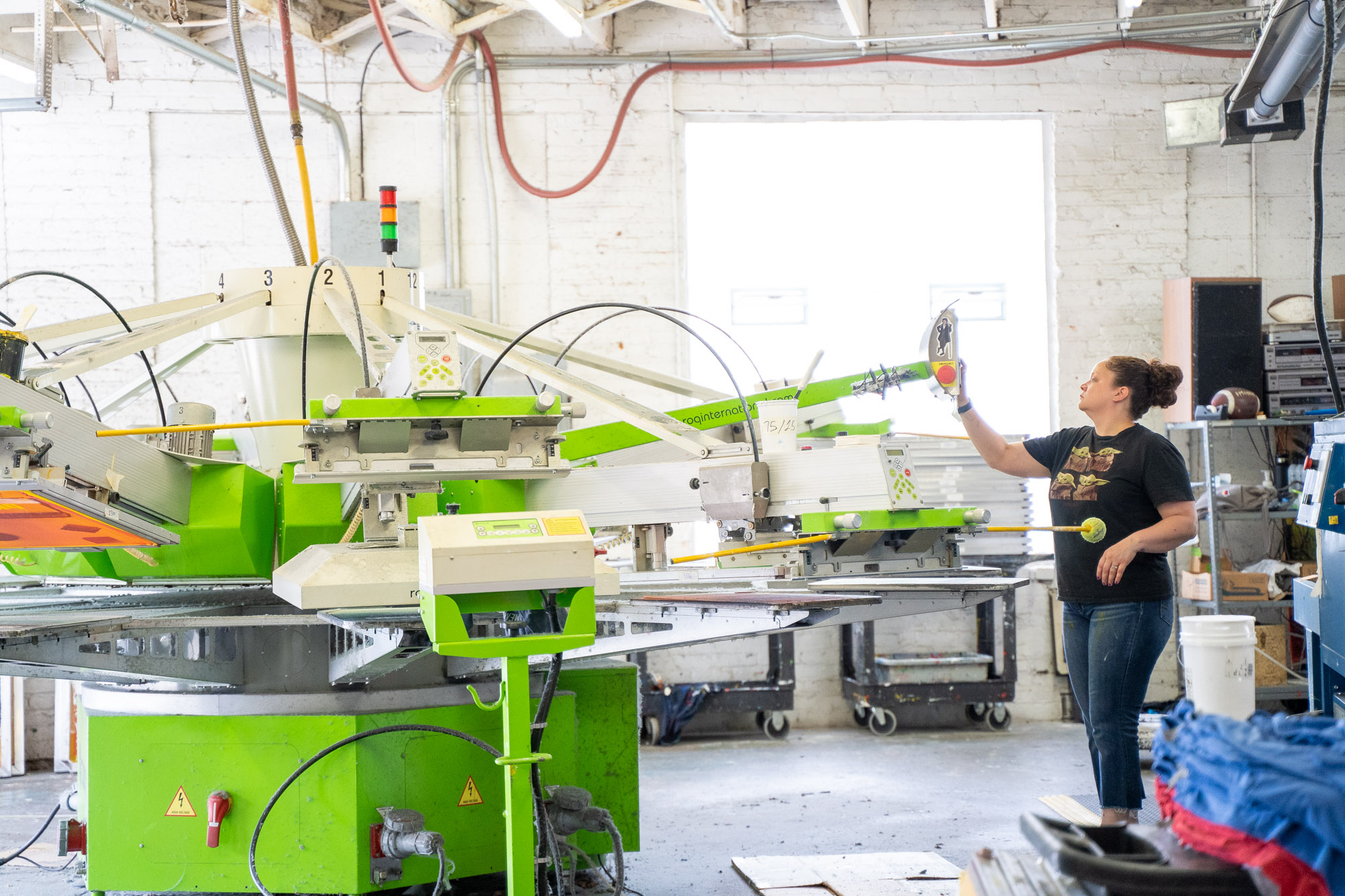
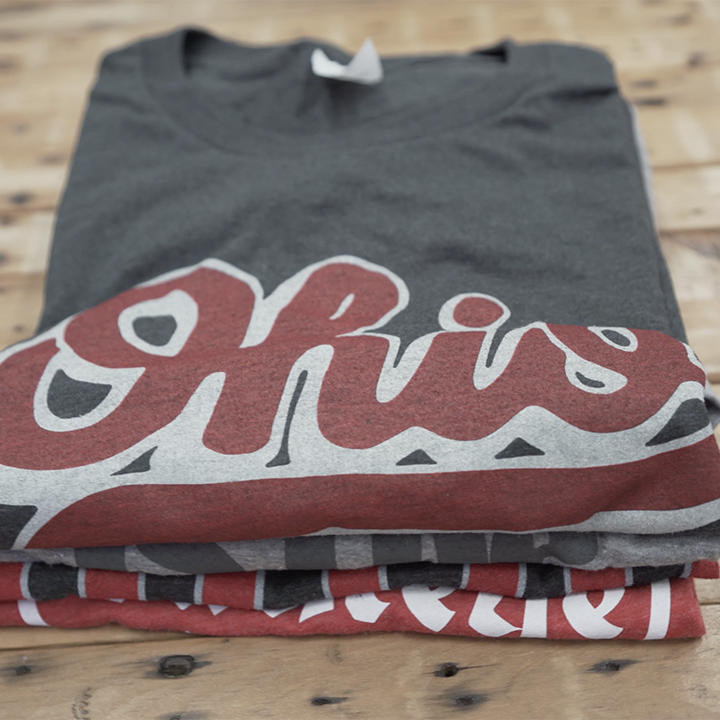

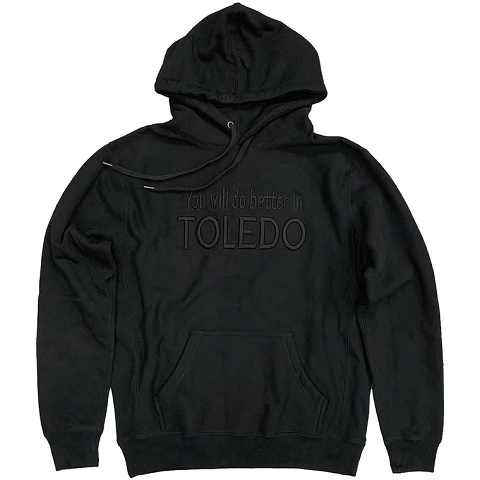
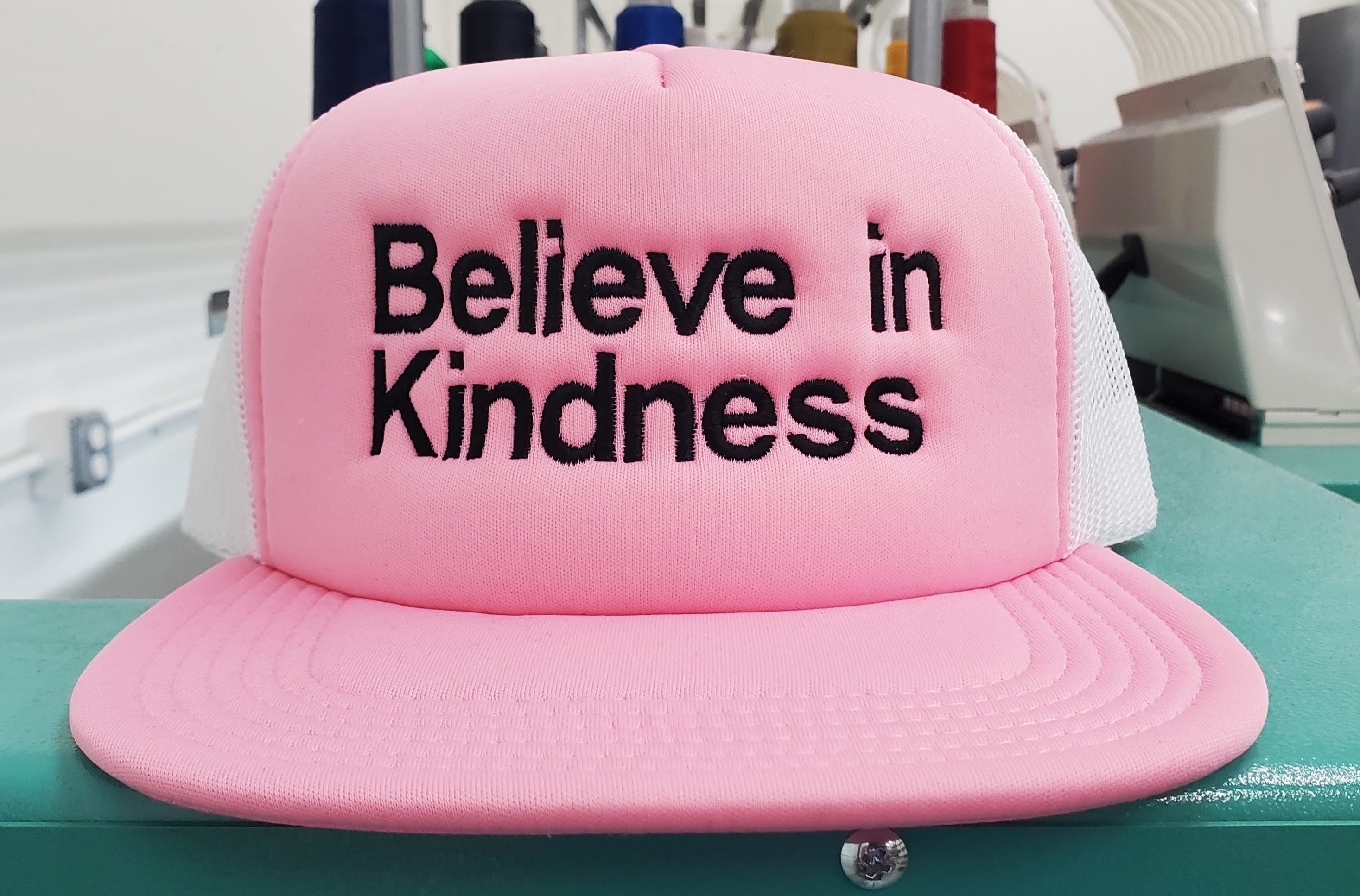
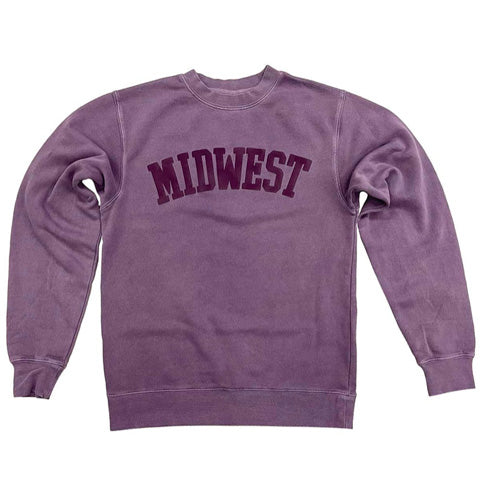
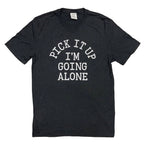
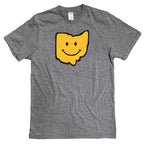
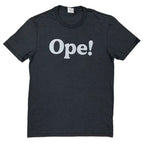
Comments
Write a comment